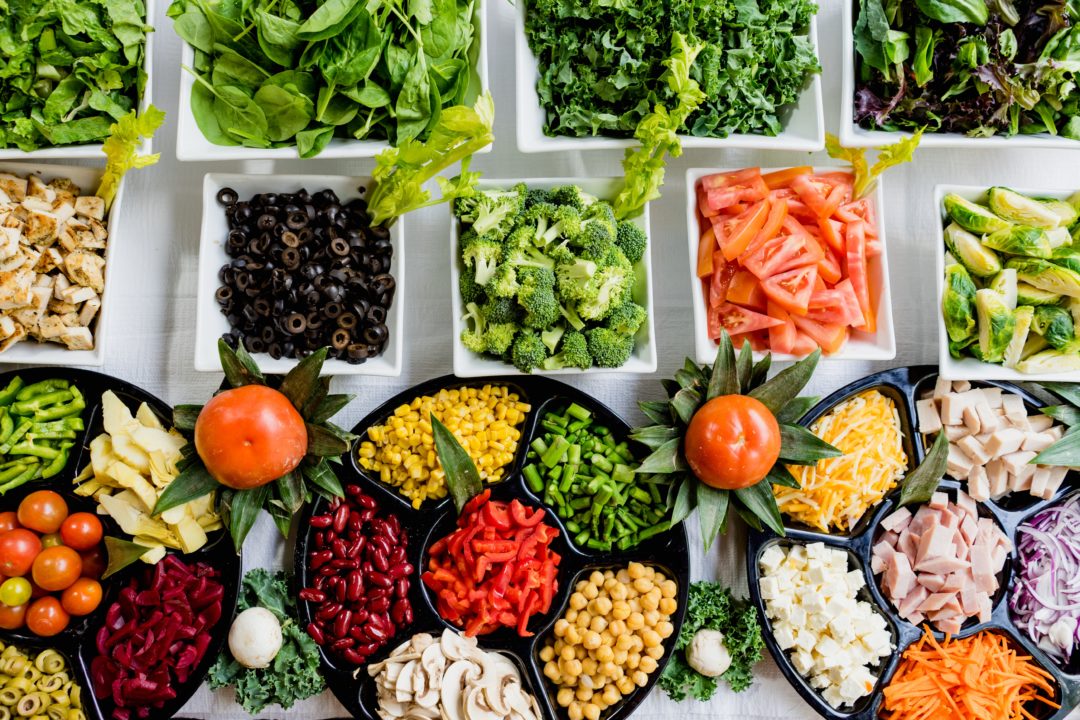
If you have diabetes, you have likely been told by somebody, I hope, to eat foods that are low-glycemic. And I would agree and advocate the same regardless of diabetes status. In fact, the foundation of chronic disease management and prevention is aligned with eating low-glycemic foods. There are a few nuances to that, depending on the condition, but in general, eating low-glycemic foods minimizes fluctuations in blood sugar and minimizes inflammation. Both of these decrease the risk for conditions like type 2 diabetes and prediabetes and hormonal imbalances that wreak havoc on many aspects of women’s health.
But what exactly do low-glycemic and high-glycemic really mean?
The glycemic index is a numeric score that is assigned to a particular food based on how it affects your blood sugar. The index ranges from 0 to 100; 100 represents pure glucose or sugar. Pure glucose causes blood sugar to rise quickly, which is not a good thing. See type 2 diabetes isn’t just about eating sweets all the time. Diabetes is a disorder of carbohydrate metabolism and can occur when your body is no longer able to accommodate the large changes in blood sugar. So it’s not always necessarily what you eat, but how much you eat; how much your blood sugar rises when you consume a meal. The more food, the higher the glycemic index of the food, the higher the rise. And the greater those fluctuations, the harder it can be for your body to get back to normal. So instead, it raises the threshold, increasing the blood sugar level to where it usually is as opposed to where it should be. Eating low-glycemic foods can keep your blood sugar in the appropriate range and actually prevent overeating.
Low-glycemic foods have a glycemic index at 55 or less, while high-glycemic generally refers to foods with a value of 70 or greater.
Therefore, the lower the glycemic index, the lower the impact on your blood sugar. High-glycemic foods are processed foods that cause your blood sugar to rise quickly, making it harder for the body to achieve that normal threshold. To compensate the body produces more insulin, the hormone that allows sugar to enter our cells, thereby lowering the amount of sugar in the blood.
There are two problems that can occur though when we constantly overeat high-glycemic foods; more insulin and more fat.
To protect us when we overeat or eat foods that cause blood sugar to quickly rise, our body will over secrete insulin to make sure it has enough to handle the excessive amount of food consumed. And usually, that is more than what is actually needed (it’s called hyperinsulinemia). Once sugar gets stored in our cells by insulin, it’s fat. That’s why insulin is called the fat storage hormone. Insulin stores sugar as fat. Yep, fat creates a whole new host of problems, aside from the obvious one around your waistline. No worries, I’m going to give you the shortlist to guide you…
See below for my shortlist of low-glycemic foods (glycemic index less than 55):
Beans (16-28)
Dates (42)
Apples (36)
Bananas (51)
Carrots (35)
Leafy Greens (<5)
Basmati rice (52)
Brown rice (50)
Quinoa (53)
Hummus (6)
Rolled oats (50)
Cashews (27)
Meat/fish (0)
Above are the general numbers and can vary by brand and/or preparation. Notice there is nothing fried or smothered on that list. The shortlist is whole foods-based and not processed. And another note, if you buy the instant version of grain-based foods (i.e.) quick-cooking, microwaveable rice or oats, you increase the glycemic index. Similarly, the riper the fruit or the type of preparation of the meat/fish, the higher the index. Make sense?
Take home point…There are a ton of “diets” out there and depending on the diet, only one aspect is publicized or made “trendy”. But the core of all of them is none other than low-glycemic foods. Call it what you want, but it is in fact, a low-glycemic way of eating.
So when the hype dies down and it’s not trendy anymore, go back to the foundation, back to the source, and eat low-glycemic foods.
Talk soon,

+ show Comments
(review Comment Policy)
- Hide Comments
add a comment